The recent explosion of a SpaceX Falcon 9 rocket has introduced new complications for the return of two NASA astronauts currently stranded in space.
The astronauts have been aboard the International Space Station (ISS) for almost three months due to issues with Boeing’s Starliner spacecraft. This unexpected event threatens to extend their stay in space indefinitely.
Failed Rocket Landing Complicates Matters
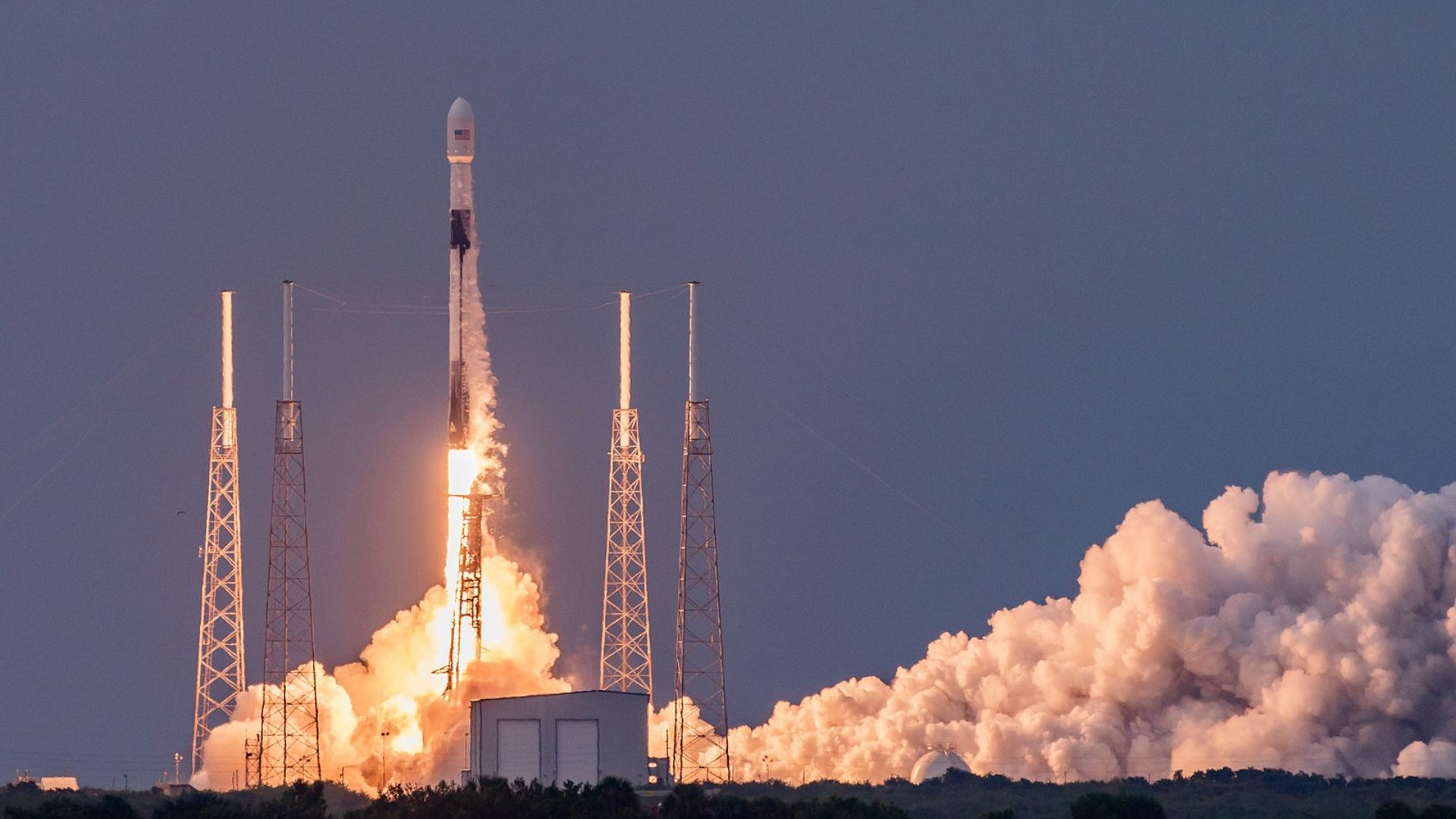
SpaceX’s latest mission didn’t go as planned. The Falcon 9 rocket, after successfully launching satellites, failed spectacularly on its return, catching fire and crashing.
This isn’t just a setback for SpaceX; it directly affects NASA’s plans, as this same model of rocket is supposed to bring our astronauts back to Earth.
Stranded in Space
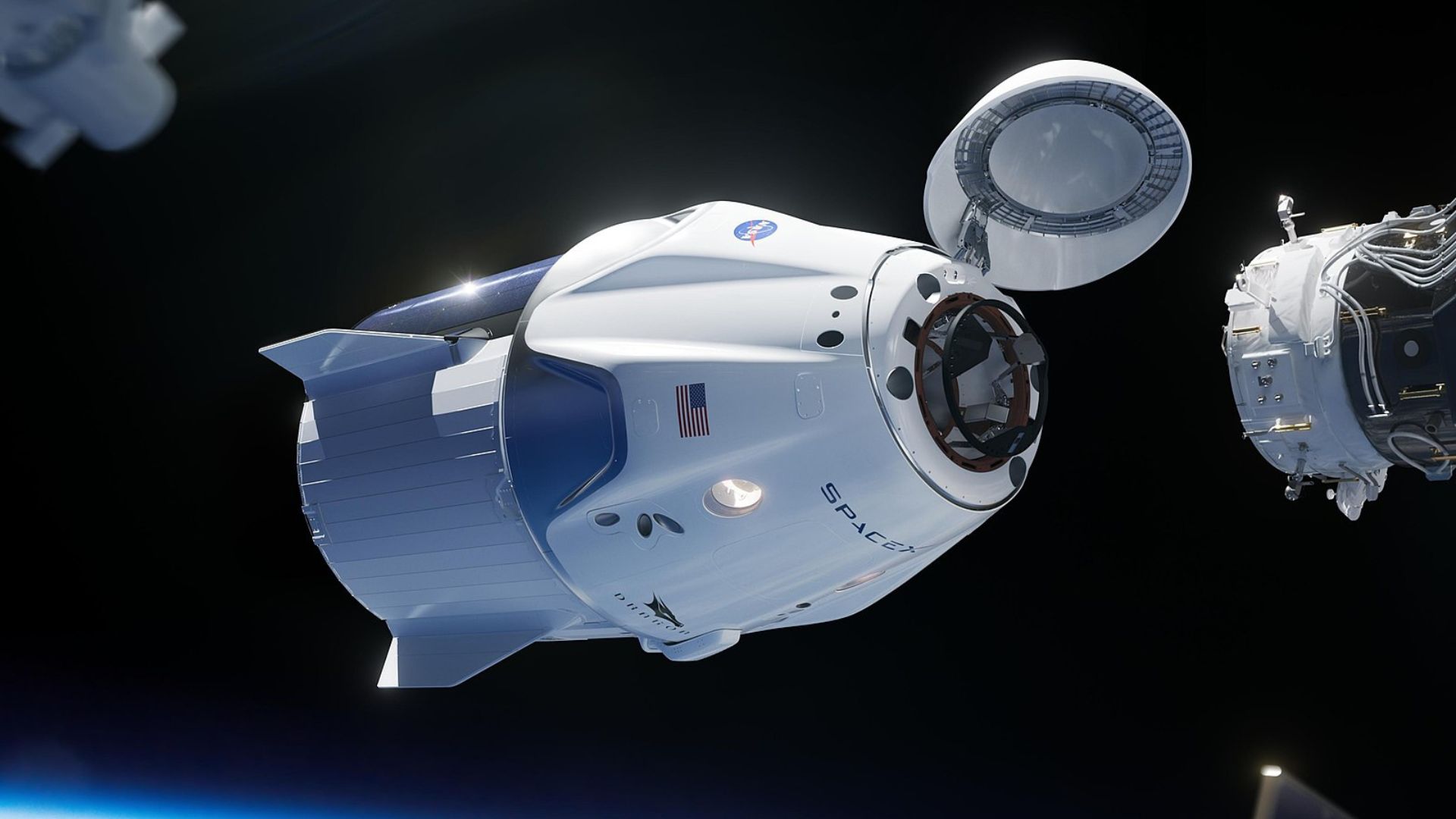
After Boeing’s Starliner failed them, the astronauts were counting on a ride home aboard SpaceX’s Crew Dragon.
But with Falcon 9’s recent mishap, the timeline for their return—originally set for February 2025—is now up in the air. It’s a tough spot to be in, depending on one problematic spacecraft after another.
FAA Steps in, Timeline Steps Out
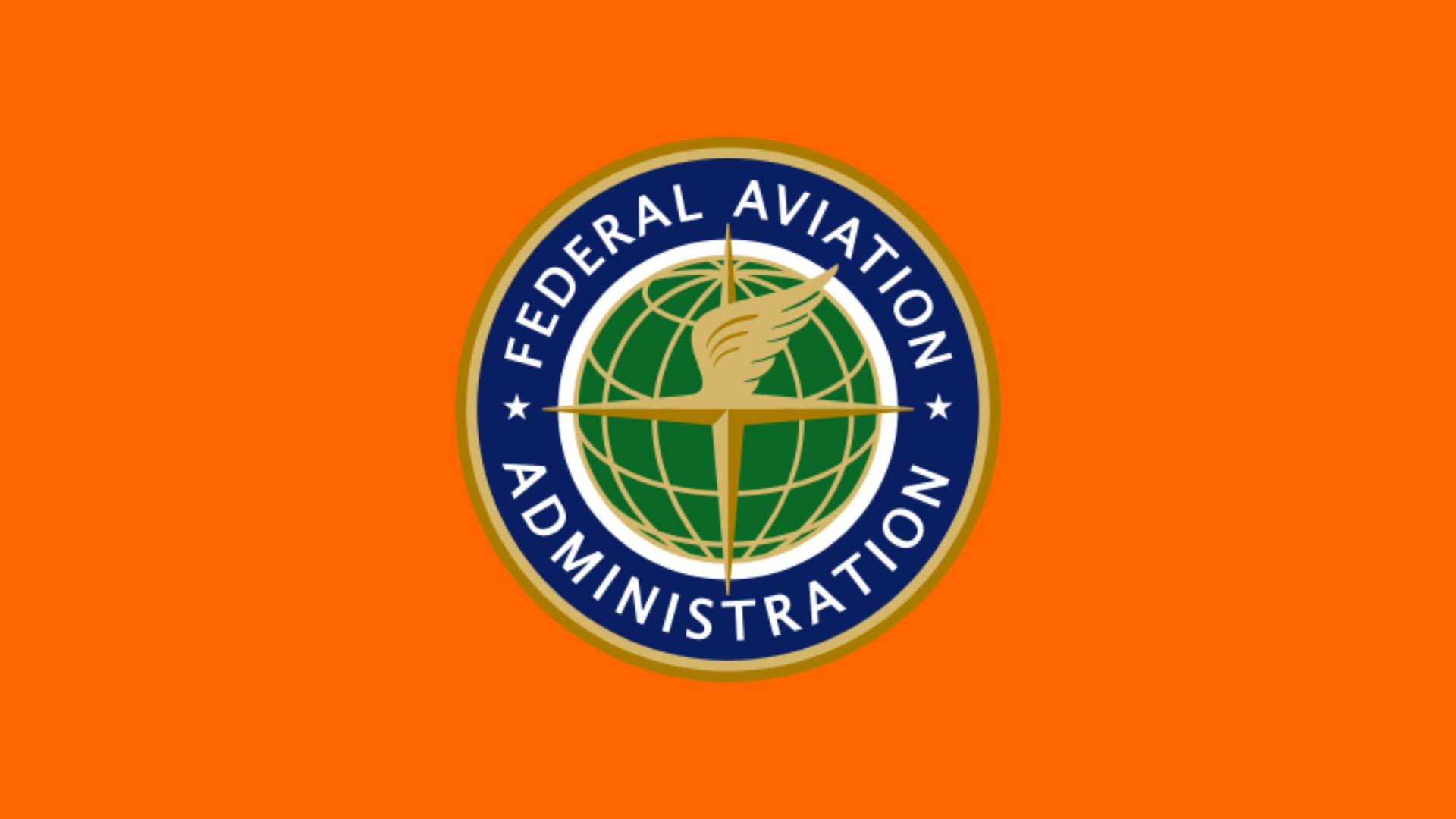
Following the explosion, the FAA is digging into what went wrong.
The results of this investigation are crucial, as any significant findings could push back SpaceX’s launch schedule, including the mission meant to retrieve our astronauts.
Duration of Investigation Uncertain
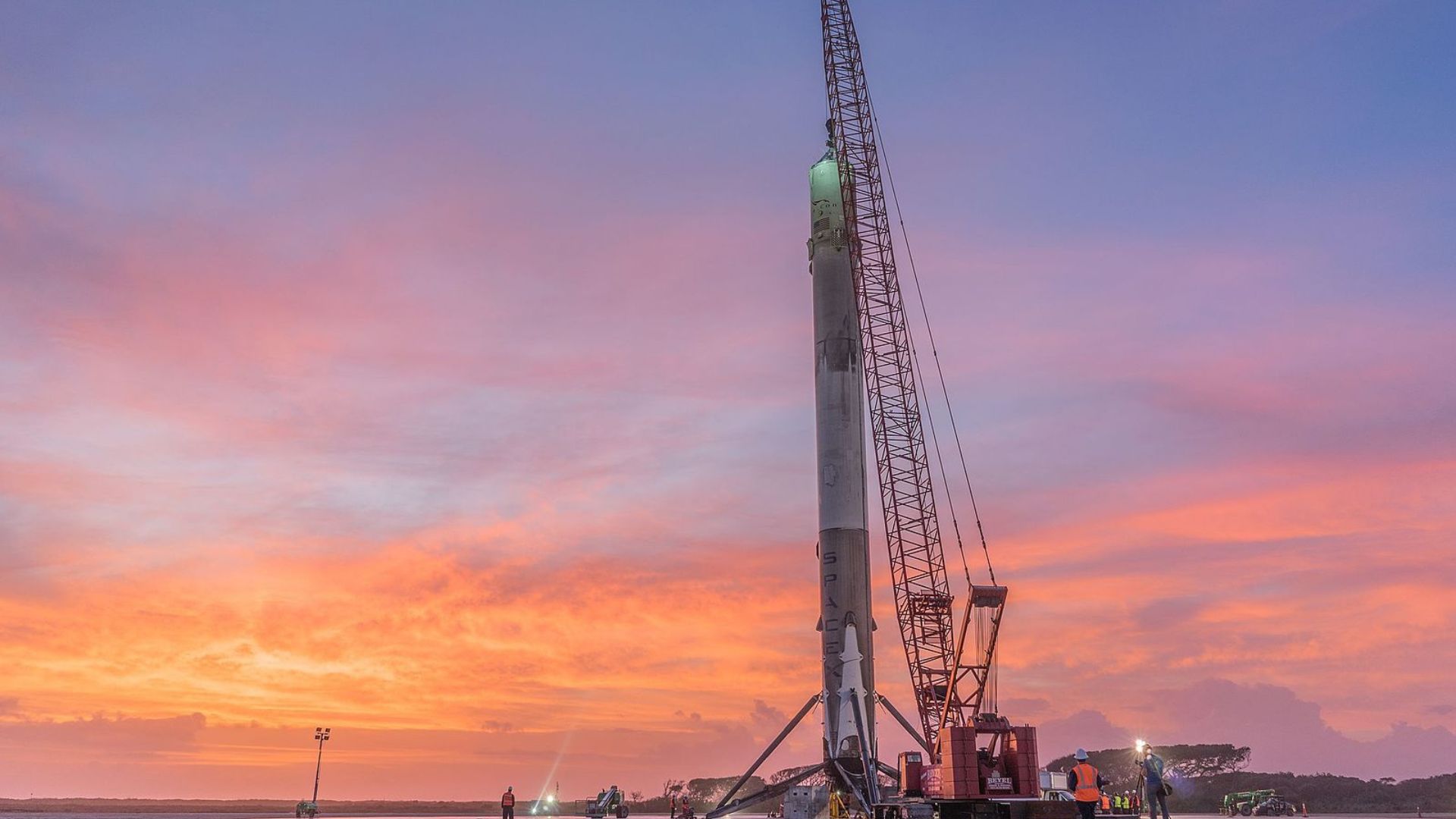
The FAA has stated on their website that “Depending on circumstances, some mishap investigations might conclude in a matter of weeks. Other more complex investigations might take several months.”
This uncertainty adds another layer of complexity to the already delayed return of the astronauts.
Technical Challenges with Falcon 9
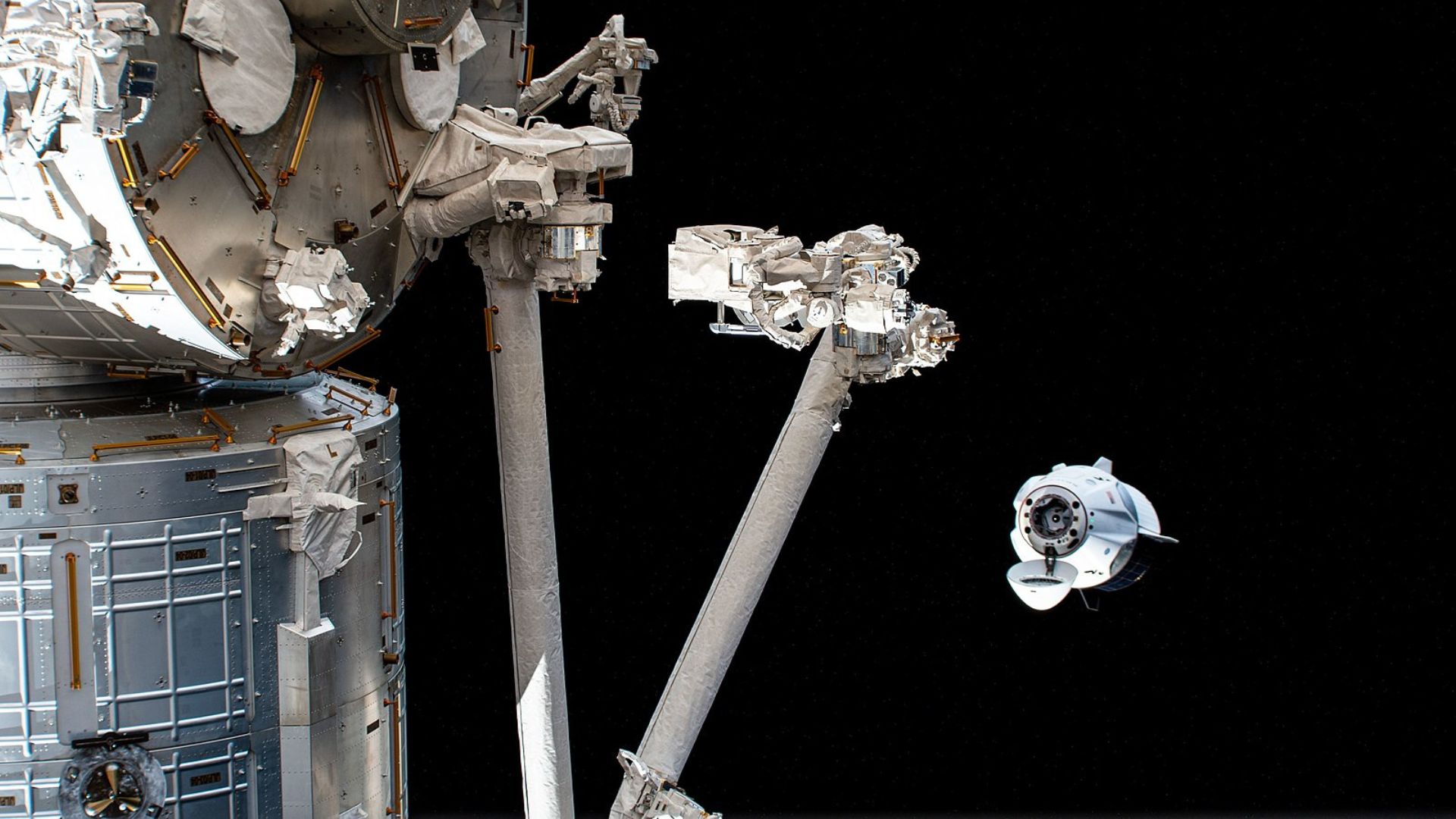
Recent issues with the Falcon 9 booster could jeopardize its next scheduled launch.
This booster is essential for launching the Crew Dragon spacecraft, which is supposed to return the astronauts to Earth. The recent failure introduces uncertainty into the mission’s September timeline.
Potential Delays Due to Ongoing Issues
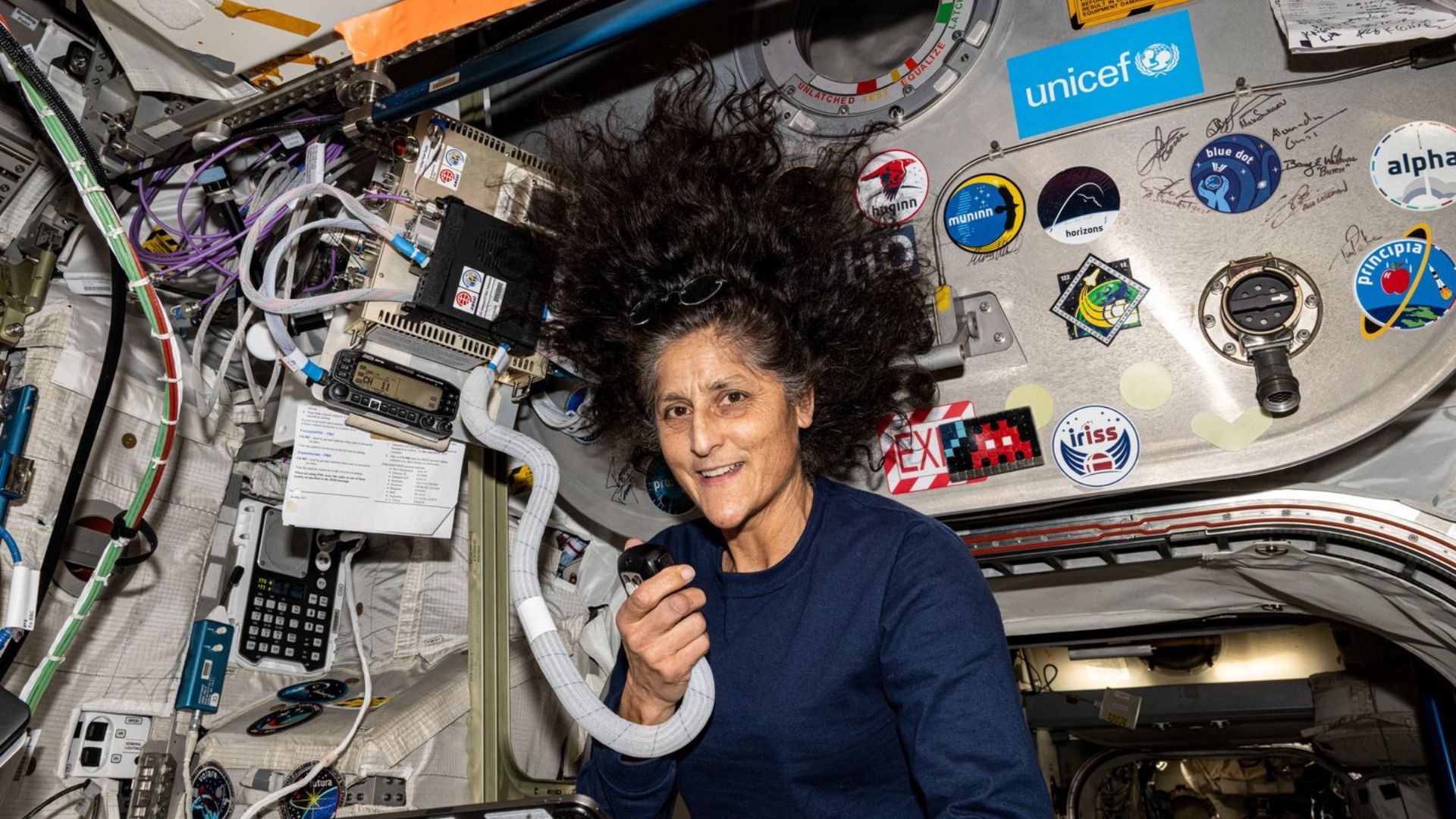
Should the FAA investigation take longer than anticipated, or if further problems with Falcon 9 are identified, it could delay the launch of the Crew Dragon even more.
This would extend the time the astronauts must remain aboard the ISS.
NASA’s Safety Concerns
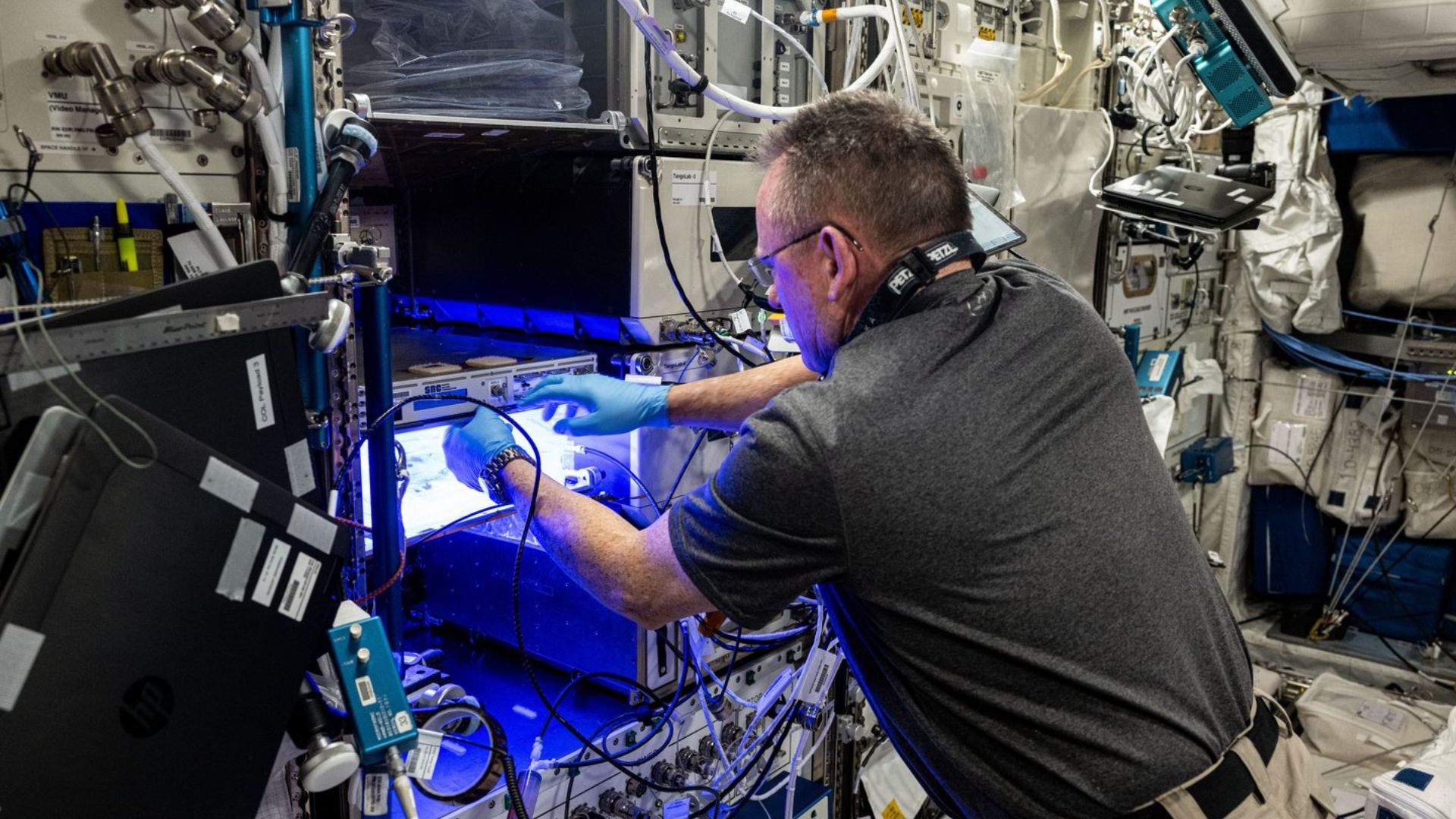
NASA prioritizes safety above all, particularly for missions involving human crews. Before any manned flights are approved, NASA will want to ensure that the Falcon 9 rocket is completely reliable.
This could mean additional testing and further delays to the Crew Dragon’s launch.
A Space Mission Extended Beyond Measure

What was supposed to be a brief eight-day stint in space for astronauts Sunita Williams and Barry Wilmore has morphed into an indefinite stay.
Thanks to technical issues with their spacecraft, they’re now seasoned space dwellers.
Boeing’s Costly Missteps Lead to Reliance on Rivals
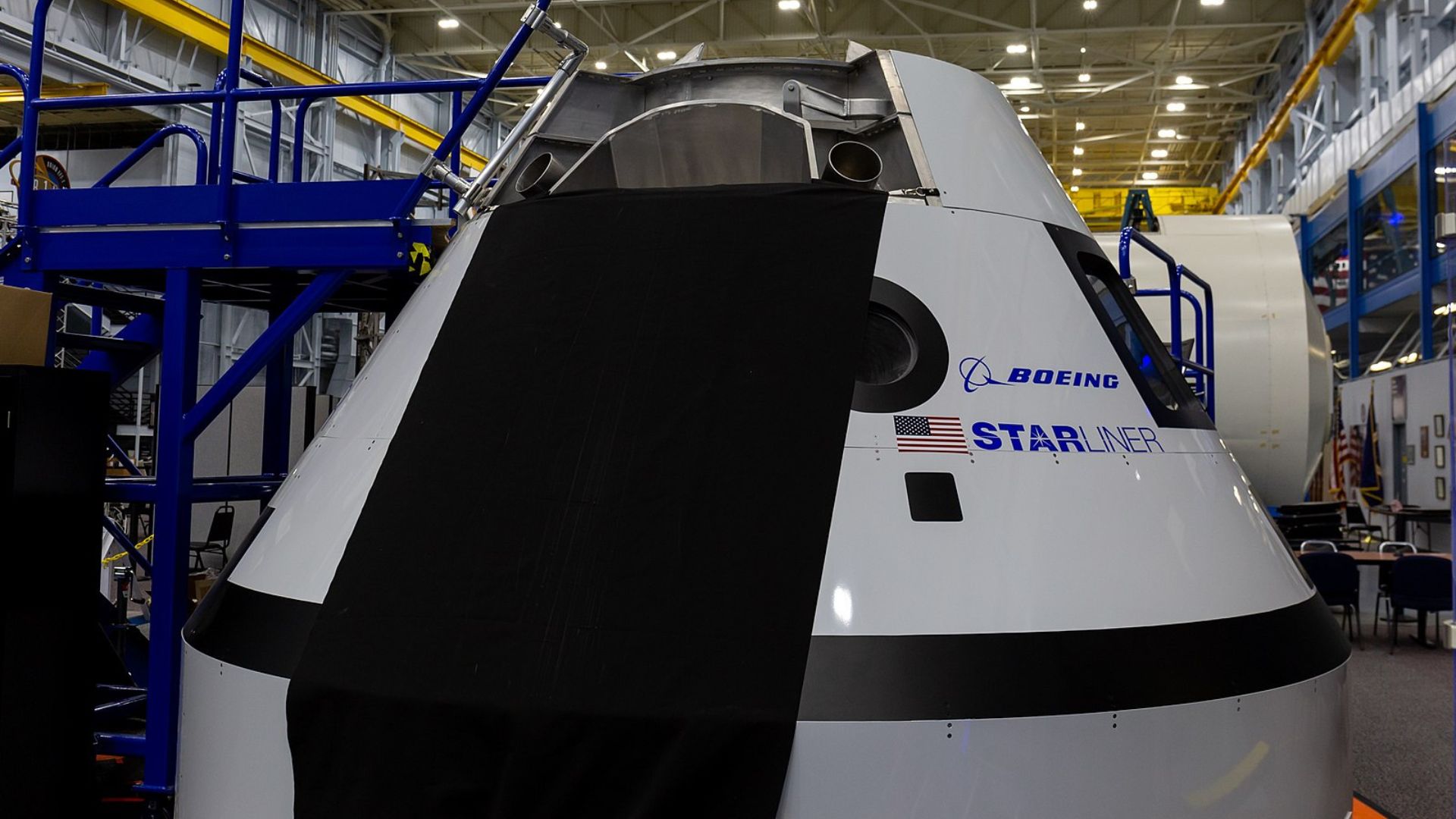
Boeing’s ongoing issues with the Starliner, a project that’s already cost $4 billion, have forced NASA to turn to SpaceX for a bailout.
It’s a situation filled with financial and competitive tensions, leaving Boeing grappling with both the costs and the optics of failure.
Uncertainty Clouds Space Schedules
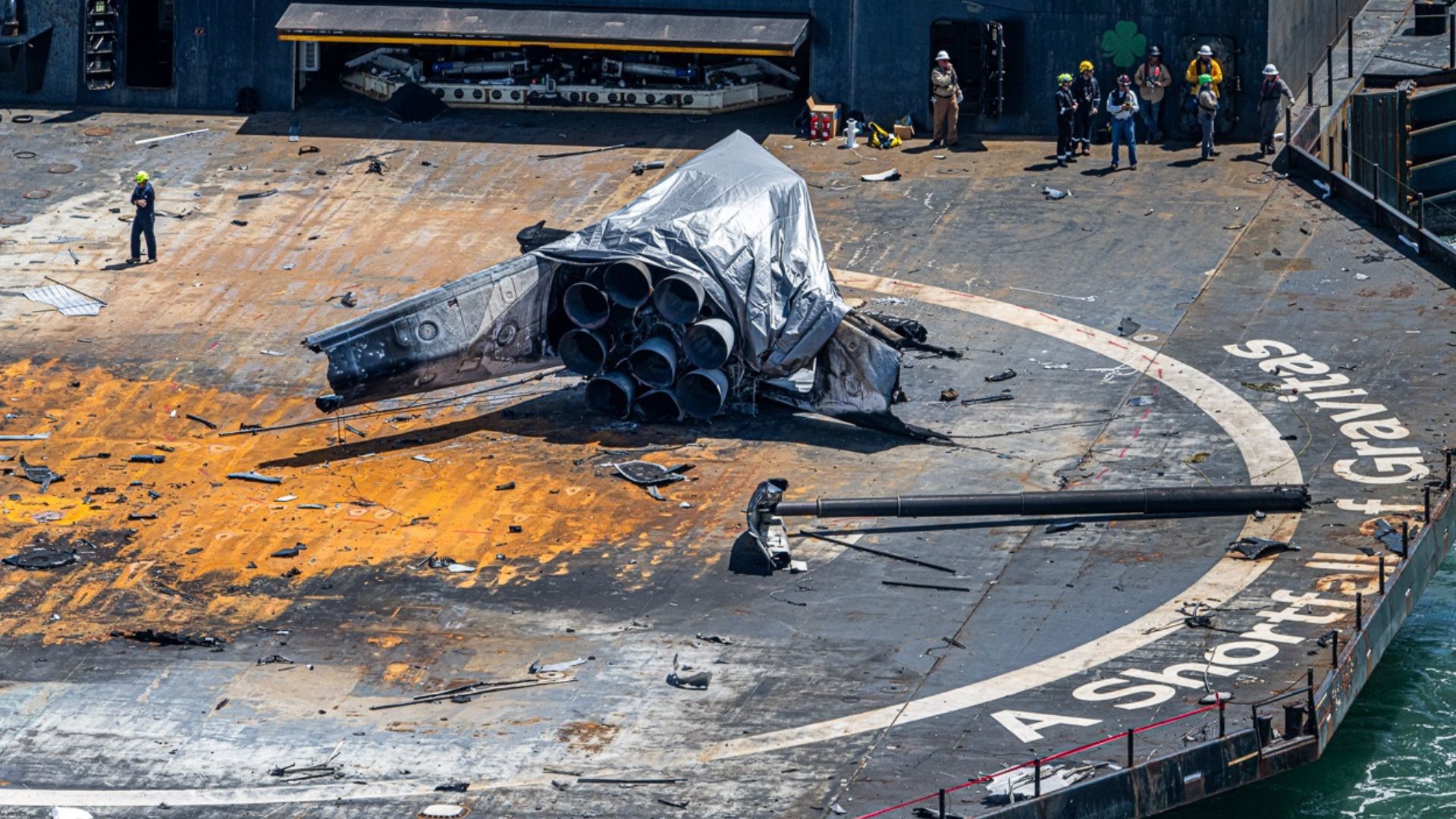
As the FAA picks through the Falcon 9 wreckage and deliberates on its future, the return date for the astronauts remains in limbo.
They’re scheduled to stay at least until February 2025, but with every new hiccup, that date seems less certain.
Holding Pattern Above Earth
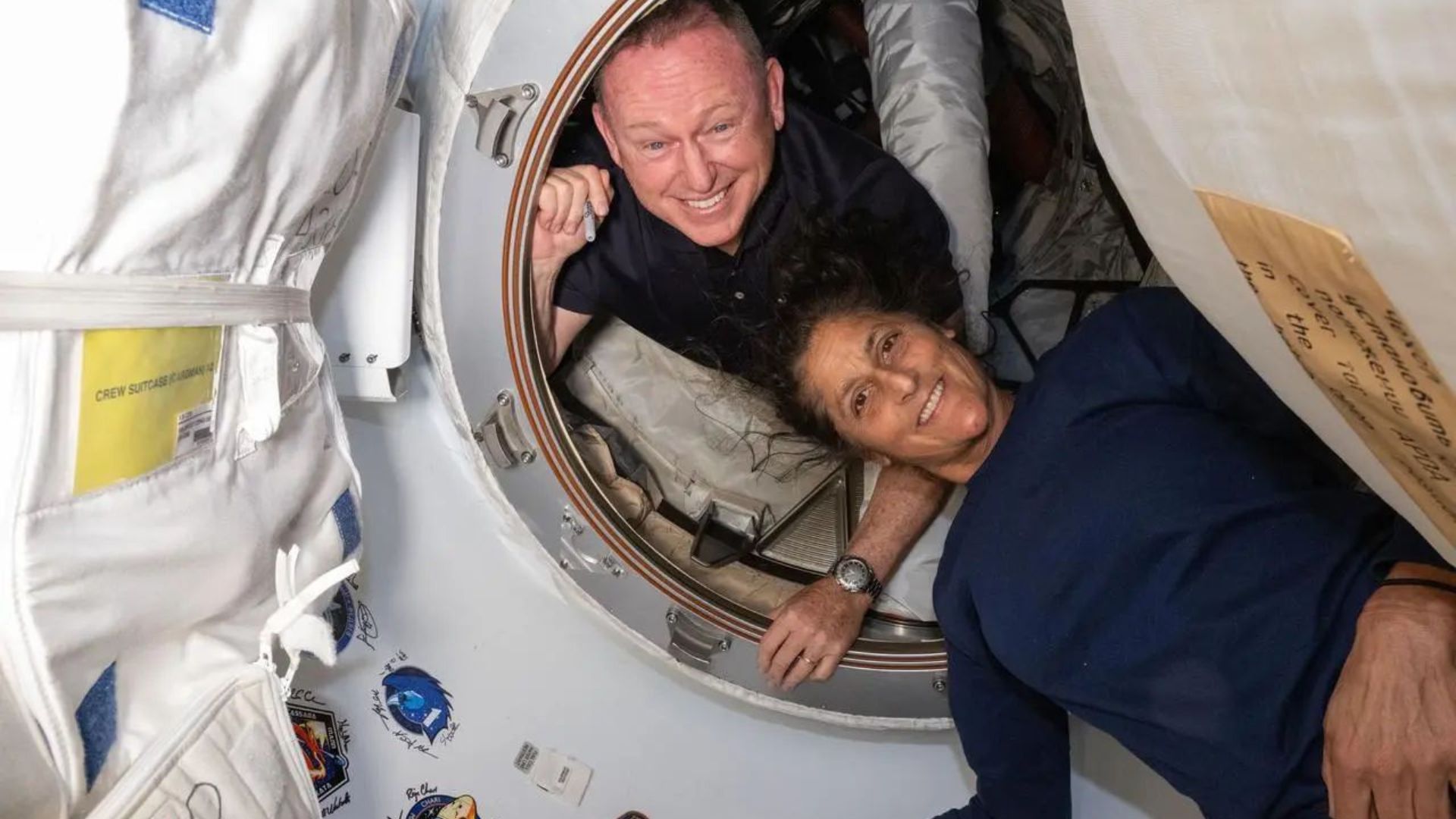
With Boeing’s Starliner set to make an uncrewed return to Earth, and the astronauts continuing their extended orbital stay, the wait for a resolution is palpable.
The outcome of the FAA investigation and the reliability of the next Falcon 9 launch will decide when—and how—they can finally head home.
